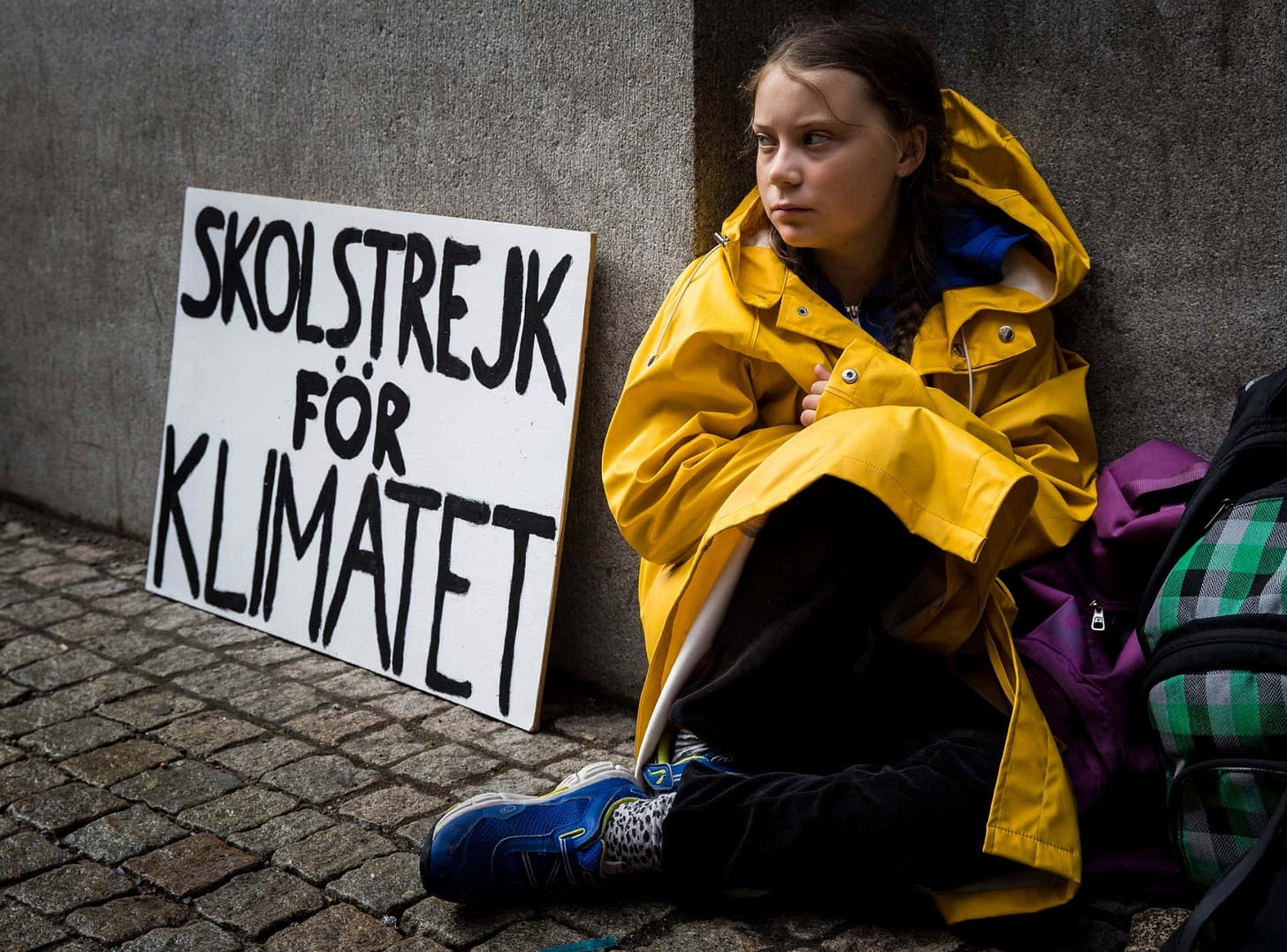Protests Work
Inspiration starts immediately even if results take longer.
Today, the Earth Prize announced the first of seven regional winners for its annual environmental sustainability competition, which is only open to teenage students. Today’s winner is from Europe — Team PURA — for a “water purification solution that uses the power of light and plasma to remove harmful pollutants and combat antibiotic resistance.”
Each regional winner gets $12,500 to develop and implement their idea. One global winner will be chosen by the public among the seven regional winners.
So, for the next six days, a new regional winner will be announced, selected from the finalist scholars from Europe (done), North America (tomorrow), Africa, Middle East, Oceania & Southeast Asia, Asia, and Central & South America.
And then, from 14-22 April, the public has a chance to vote on their favorite, with the final result announced on (you guessed it!) Earth Day, 2025, when three mentors and three educators will also be honored with awards.
With awards totaling $100,000, the Earth Prize has been offered by The Earth Foundation since 2022. The Earth Foundation itself was only established in 2020 as a non-profit organization in Switzerland and the U.S.. What inspired the founders? The climate change protests in 2019.

Those 2019 protests, in turn, were inspired by a solo protest that began in 2018 by Greta Thunberg, who skipped school to sit outside the Swedish parliament every day for three weeks — from 20 August to 9 September (the date of Sweden’s 2018 general election) — with a sign saying Skolstrejk för klimatet ("School strike for climate").

“Protests are signals,” writes sociologist Zeynep Tufekci, they “sometimes look like failures in the short term, but much of the power of protests is in their long-term effects, on both the protesters themselves and the rest of society.”
At first, Thunberg’s school strike looked like a failure, too. Although many students joined her during her three weeks, they did not convince Sweden’s government during that time to reduce carbon emissions in accordance with the Paris Agreement. So she continued her school strike, but only on Fridays. The movement grew.
“Yes, of course protests work,” Tufecki writes, “but usually not in the way and timeframe that many people think.”
Indeed, these many years later, no government has yet met all the obligations of the Paris Agreement. That’s because the Paris Agreement’s timetable itself is decades, not weeks, with nations submitting their nationally determined contributions every five years (2020, 2025, 2030, etc.). But now, today’s teenagers dream up environmental sustainability ideas and compete for funds to try them out through a competition inspired by a protest.
It may not be was climate change protesters wanted, but it’s pretty inspiring and may eventually yield the intended results.
Earth Day itself was a purposeful political act by a sitting U.S. Senator (back when America was great, I guess?). At the time, the air was regularly so dirty that it burned people’s eyes and rivers were so polluted one even caught on fire. What does “every day is Earth Day” mean for you — have you found a sustainable way to live every day?



I like the focus on inspirational ripple effects, an aspect I didn't consider here.
https://randallhayes.substack.com/p/violence-is-not-an-option